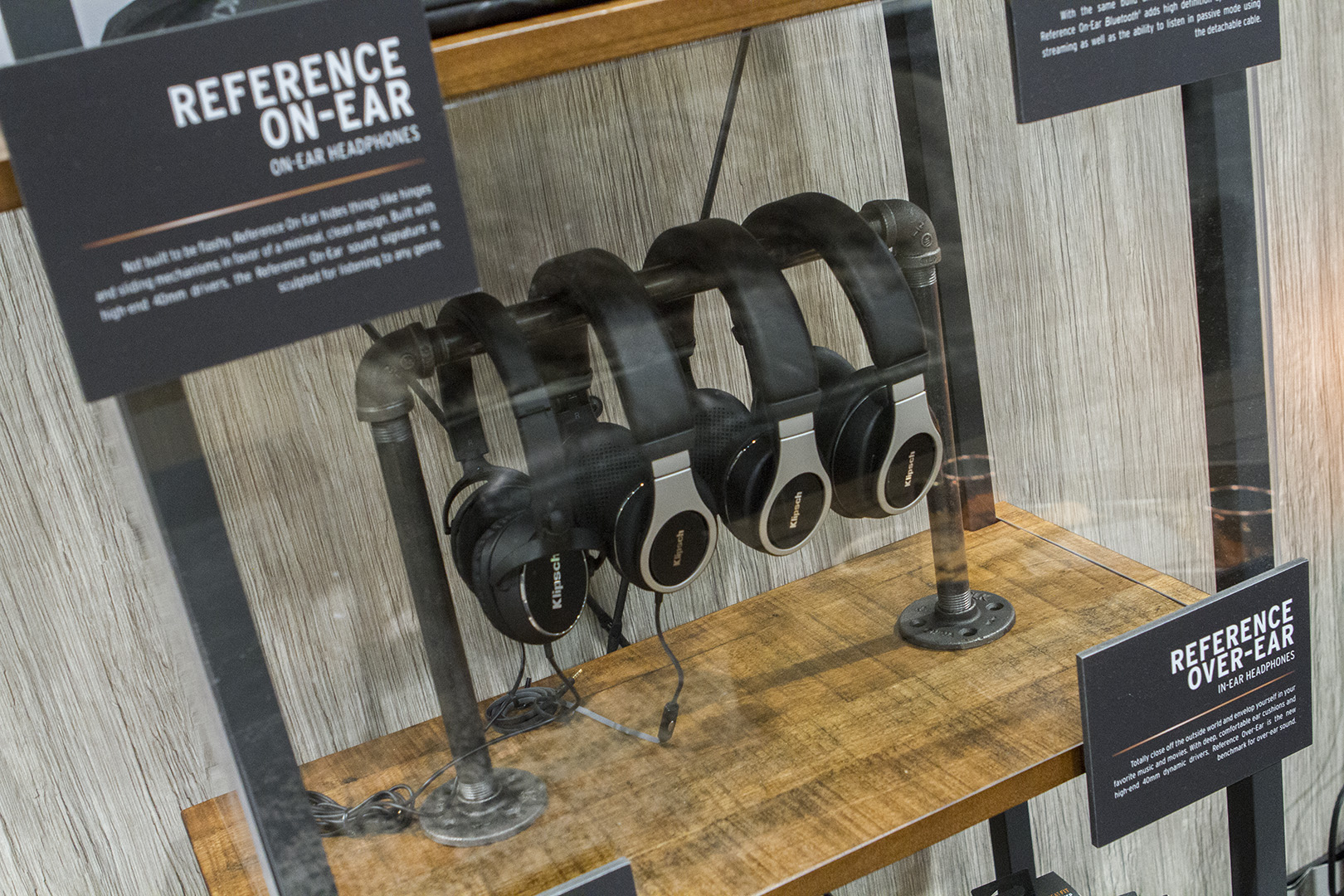What are the best headphones? Easy, your favorites. Too simplistic? Yeah, you’re probably right. The real trick is finding that favorite. As a headphone reviewer, audiophile, and notorious cheapskate, I feel like I can offer some tips and tricks to help you find what the best headphones are for you, no matter what your budget.
Since there are so many headphones on the market right now, it’s impossible to make firm declarations about specific brands or headphones. Instead, the goal of this article is to give you a rough guideline for all aspects of headphone shopping, from type and brands to trying them out, and even a bit of buying advice.

1) Type
There are three main types of headphones: in-ear, on-ear, and over-ear.
In-ear Headphones
Pros: Portable, convenient, can be comfortable, can be inexpensive
Cons: Fit. If they don’t fit, that model is not for you, no matter what other people say.
In-ear headphones, also called “earbuds” or the odd sounding “earphones” are simply the near-ubiquitous little nodules of plastic and metal that stick in your ears. We’ll cover it in more detail later in the article, but the number one concern with picking out in-ear headphones is fit. If they don’t fit right, you’re not going to get good sound. In-ear headphones can offer incredible fidelity, fantastic noise isolation, and usually have the best cost-performance ratio. I list a few in my 5 Great In-Ear Headphones article.
On-ear Headphones
Pros: Less bulky than over-ears, can be comfortable.
Cons: Lack the noise isolation of the other types, can be uncomfortable.
On-ear headphones, as the name implies, sit on top of your ears. They don’t go around your ears (that’s over-ear). Because they sit on top, some models can have more pressure on your lobes than over-ears (or in-ears, obviously).
On the other hand, they typically let in more ambient sound than other types. As in, you can hear the world around you more. Some of you reading this are likely going “yeah, that’s what I want!” while others are thinking “eww, I wan’t to be isolated from the noise. That’s the beauty of headphones, there’s something for everyone.

Over-ear Headphones
Pros: Potentially excellent noise isolation, can be very comfortable.
Cons: Bulky, potentially heavy.
Big over-ear headphones have had quite a resurgence lately, thanks largely to the marketing push of one specific brand. I’ve reviewed over-ears that felt like little pillows on my head. I’ve reviewed others that felt like I’d duct taped a boom box to my skull, 8 D cells and all. Over-ears can seal out the outside world really well, so if that’s what you’re going for, definitely these instead of on-ears.
There’s a sub-section of over- and on-ear headphones called “open-back.” Most headphones have a “closed” back, effectively focusing the sound towards your ears. Other models have an open design that lets sound out. This can create a pleasing, more “open” and “airy” sound, but it also means everyone around you can hear what you’re listening to.
The open-back sound is liked by some, hated by others. You may like open-back headphones, and then again, you may not. There’s a little bit of the LED LCD vs Plasma debate here, where each side finds the other’s opinion inconceivable. To each their own.
